Introduction: Indian politics is characterized by a diverse landscape of political parties, each with its unique ideology and vision for the country. Understanding the ideologies of these parties is crucial for comprehending their policy decisions, electoral strategies, and overall political stance. This article aims to analyze the major Indian political parties and delve into their ideologies, exploring their historical roots, key principles, and policy perspectives.
- Bharatiya Janata Party (BJP): The Bharatiya Janata Party, founded in 1980, is a right-wing nationalist party. Its ideology, known as Hindutva, emphasizes cultural nationalism, social conservatism, and a strong India-centric approach. The article discusses BJP’s core values, including its commitment to Hindu nationalism, economic reforms, and a strong national security apparatus.
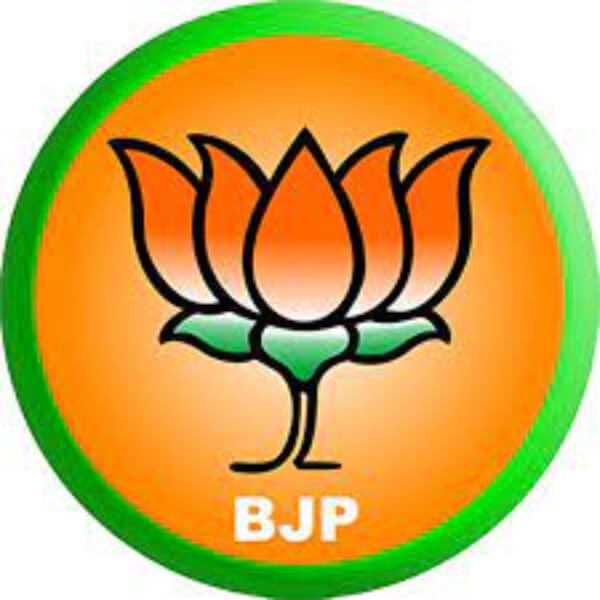
- Indian National Congress (INC): The Indian National Congress, established in 1885, is one of the oldest political parties in India. It has historically been associated with secularism, social democracy, and inclusive governance. The article explores the Congress party’s evolution, highlighting its focus on social justice, minority rights, and economic welfare programs.
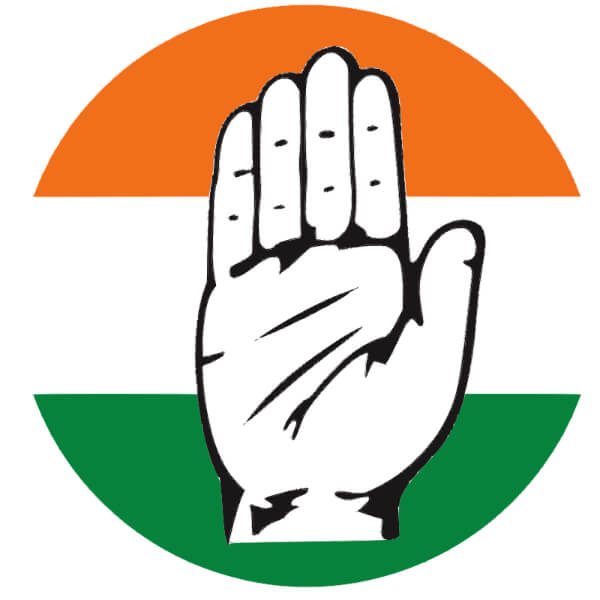
- Communist Party of India (Marxist) (CPI(M)): The Communist Party of India (Marxist) adheres to Marxist-Leninist principles and advocates for socialism and class struggle. The article examines the CPI(M)’s ideological foundations, its emphasis on land reforms, worker rights, and its role in various state governments.
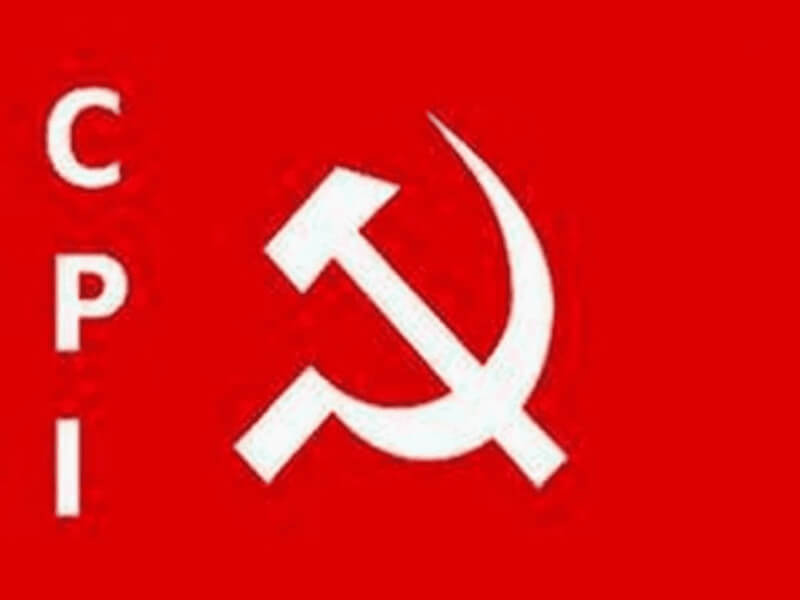
- Aam Aadmi Party (AAP): The Aam Aadmi Party emerged in 2012 with an anti-corruption agenda and a focus on participatory governance. The article discusses the AAP’s ideology, which emphasizes transparency, citizen engagement, and grassroots democracy. It explores their approach to governance, welfare policies, and anti-corruption measures.
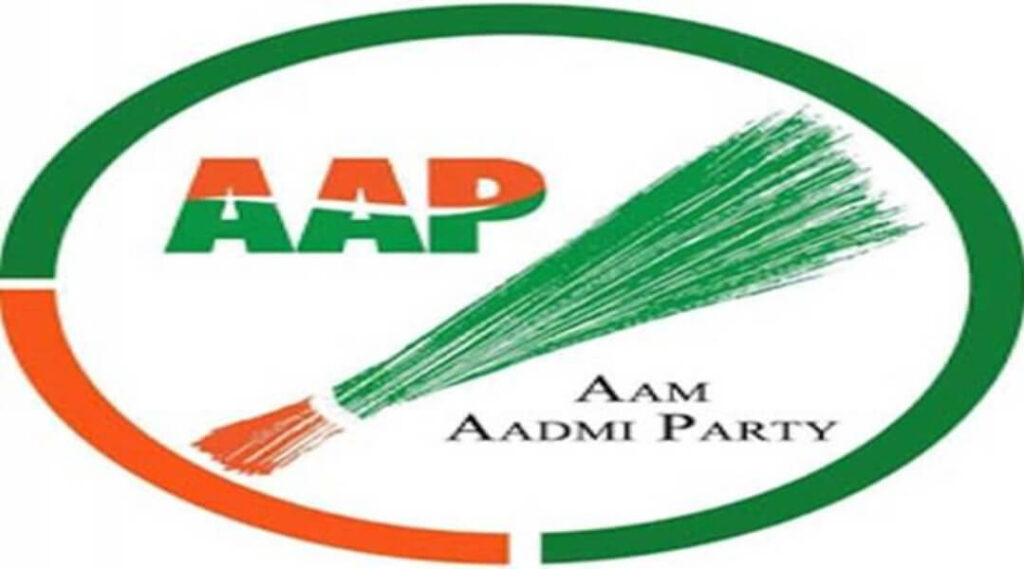
- Bahujan Samaj Party (BSP): The Bahujan Samaj Party primarily represents the interests of Dalits (formerly known as untouchables) and other marginalized communities. The article analyzes the BSP’s ideology of social justice, affirmative action, and the empowerment of marginalized groups. It also examines the party’s strategies and its influence on electoral politics.
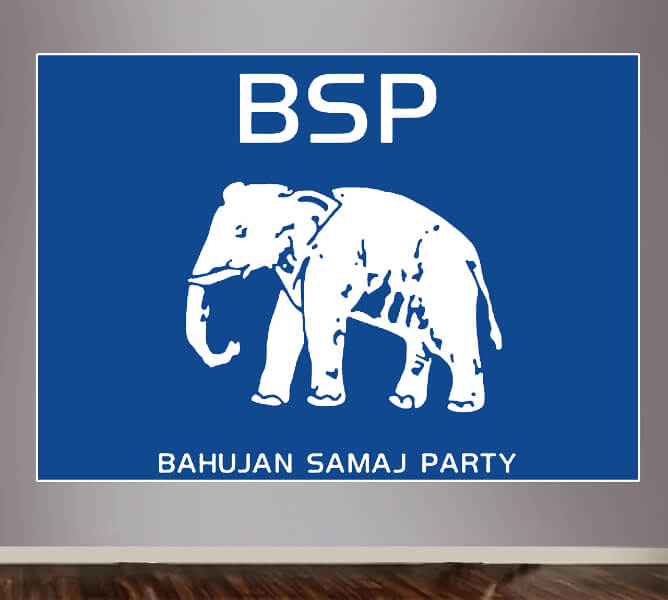
- Nationalist Congress Party (NCP): The Nationalist Congress Party is a center-left party formed in 1999. The article explores the party’s ideology, which focuses on secularism, social welfare, and regional development. It discusses the NCP’s role in coalition politics, its stance on key issues, and its influence in Maharashtra.
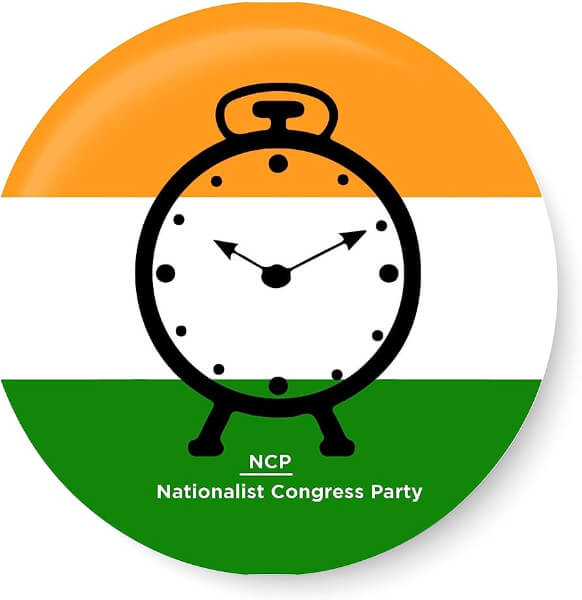
- All India Trinamool Congress (AITC): The All India Trinamool Congress, led by Mamata Banerjee, is a regional party prominent in West Bengal. The article delves into the party’s ideology, highlighting its emphasis on regional autonomy, pro-poor policies, and opposition to the BJP’s rise. It analyzes the AITC’s electoral success and its impact on West Bengal politics.
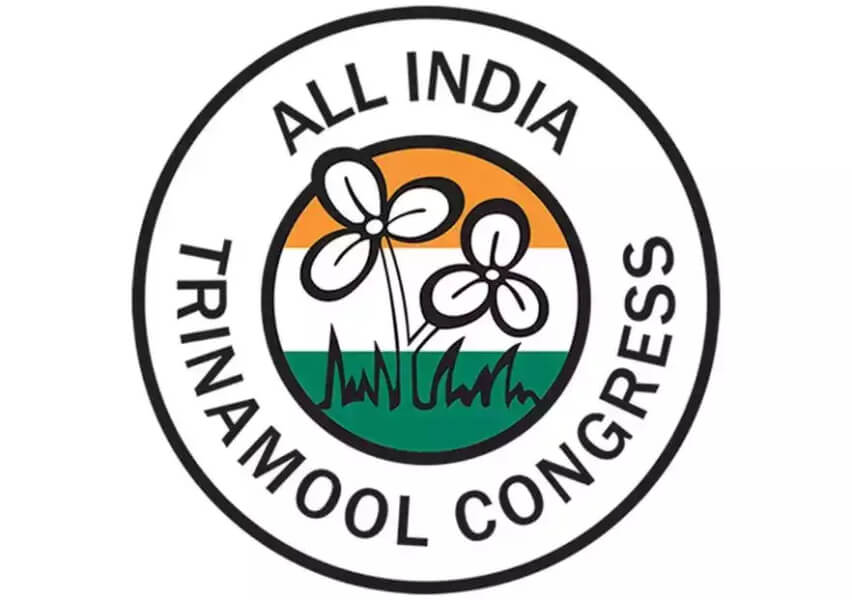
- Shiv Sena: The Shiv Sena, originally a regionalist party, has evolved into a major political force in Maharashtra. The article explores the party’s ideology of Marathi pride, Hindutva, and regional identity politics. It examines the Shiv Sena’s transformation, its alliances, and its role in coalition governments.
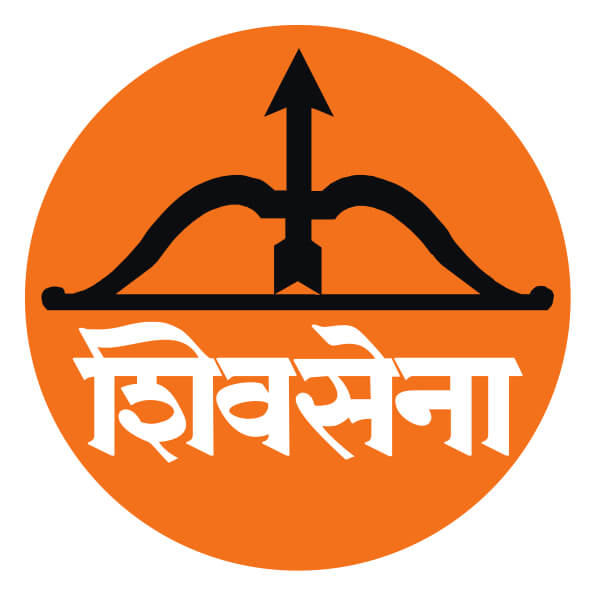
Conclusion: Analyzing the ideologies of Indian political parties provides a comprehensive understanding of their policy priorities, electoral strategies, and overall political agenda. This article provided an overview of major political parties in India, including the BJP, INC, CPI(M), AAP, BSP, NCP, AITC, and Shiv Sena. By examining their ideologies, we gain insights into the diverse range of political perspectives shaping Indian democracy. Understanding these ideologies is crucial for voters, policymakers, and observers to navigate the complex political landscape and make informed decisions about the future direction of the country.


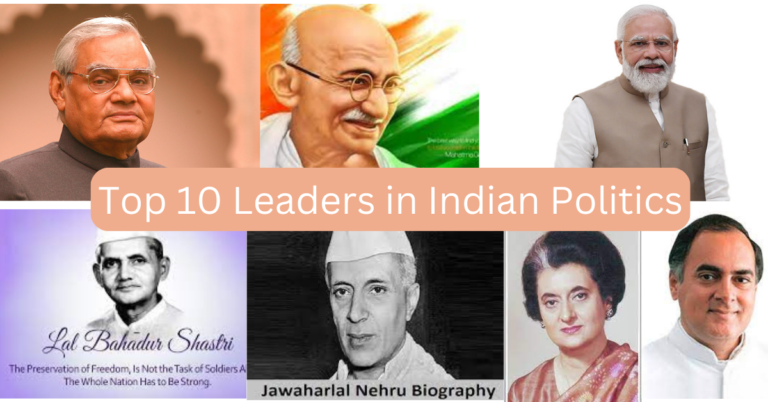
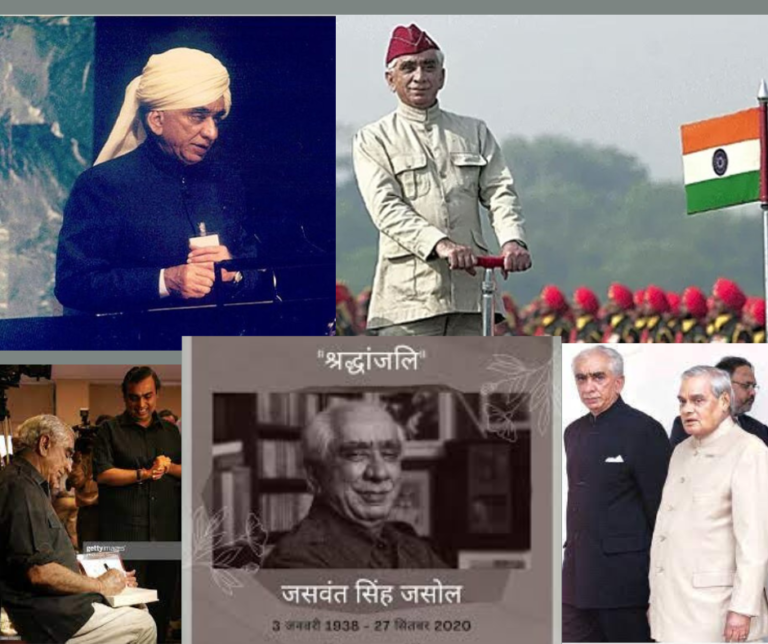
Leave a Comment